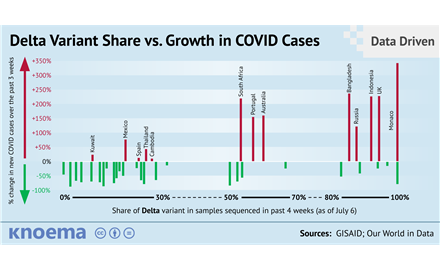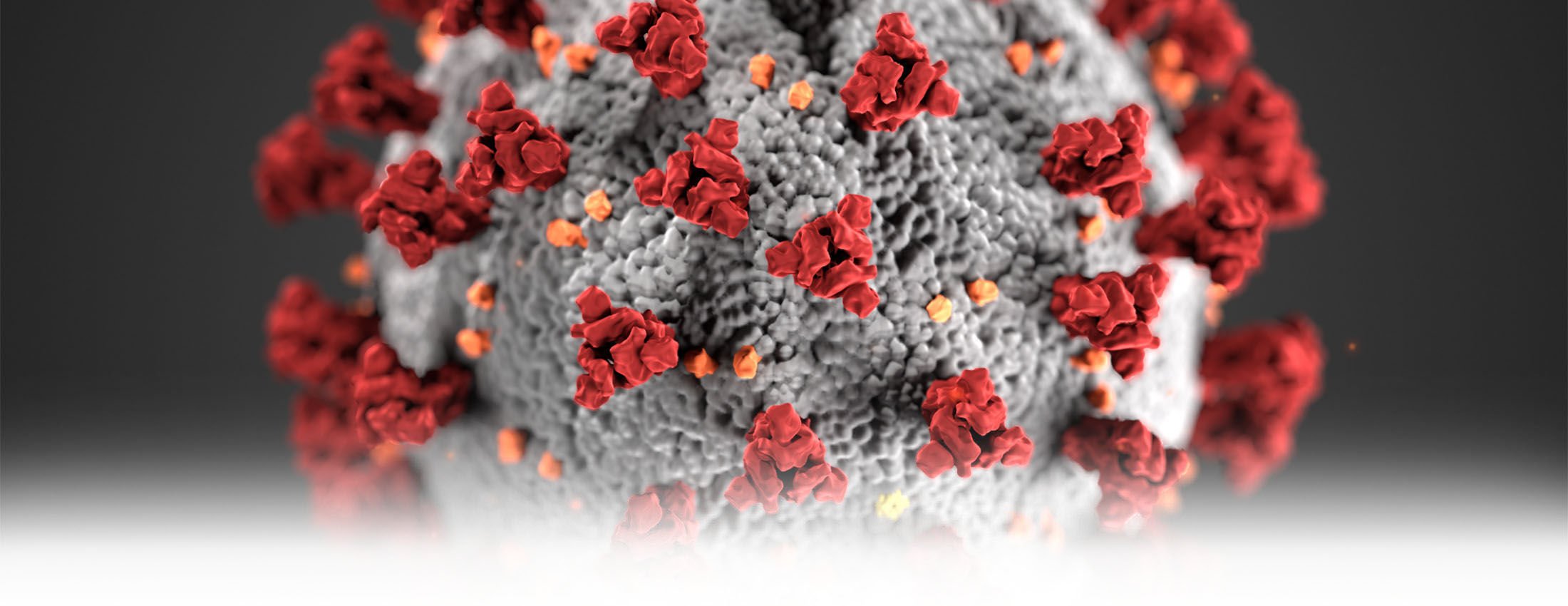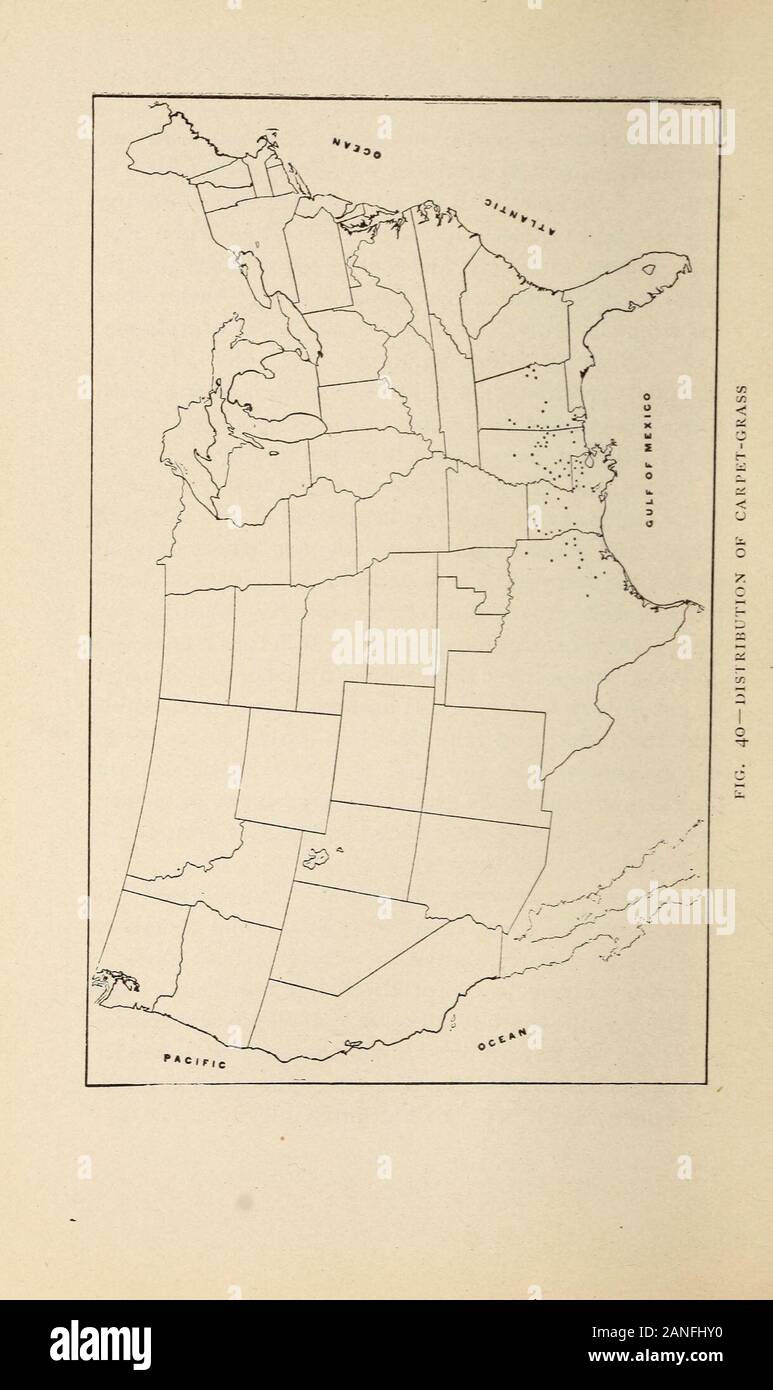
She rides copilot in the beaten-up Packard with the pine side paneling.


Has there ever been such a little nation of two?”īill Westerford takes Patricia with him when he visits southwestern Ohio farms on his tours as an ag extension agent. But he reserves his best gifts for his little plant-girl, Patty. With them, Dad may throw softballs and tell bubble-gum wrapper jokes and play tag. She has a pride of place with him that the two boys accept. Her father alone understands her woodlands world, as he always understands her every thickened word. The neighbors’ kids ran from her, this thing only borderline human. It didn’t help that her face was sloped and ursine. When her own speech started to flow at last, it hid her thoughts behind a slurry hard for the uninitiated to comprehend. The clinic fitted her with fist-sized hearing aids, which she hated. They brought Patty into the clinic in Chillicothe for tests that revealed a deformation of the inner ear. Her two older brothers interpreted her secret language for their frightened parents, who began to think she must be mentally deficient. She herself said nothing until past the age of three. When her tiny wooden doll’s head twists off, she plants it in the garden, certain it will grow another body.Īll her twig creatures can talk, though most, like Patty, have no need of words. She lives there with her creatures in the minuscule architecture of imagination, so much richer than the offerings of full-sized life. Knotholes turn into louvered windows, through which, squinting, she can see the inviting parlors of woody citizens, the lost kin of humans. She watches over them, the guiding spirit of a kingdom whose towns nestle behind closed doors in the burls of trees. She sleeps them in beds fitted with magnolia-petal comforters. She builds these creatures elaborate homes with pebbled front walks and mushroom furniture. Also: squirrels from pairs of glued walnut shells, bears made of sweetgum balls, dragons from the pods of Kentucky coffee trees, fairies donning acorn caps, and an angel whose pine-cone body needs only two holly leaves for wings. Hers is made of twigs, though it’s every bit alive. It’s 1950, and like the boy Cyparissus, whom she’ll soon discover, little Patty Westerford falls in love with her pet deer. Her story will grab you, and I highly recommend reading the entire book, which can have a long-lasting impact. Patricia’s origin story is shared below with permission, and I owe special thanks to author Richard Powers and W. One of my favorite chapters, “Patricia Westerford,” is a masterwork, and as soon as I finished it, I wanted to share it. It’s slow and it’s steady and it’s true.” Several guests on the podcast recommended it to me, and Hugh Jackman gave me the best description: “It works on you in the way nature does.

It’s beautiful, brutal, poetic, and therapeutic. Using x-ray florescence, Peterson and Haug discovered a broad interval of low titanium levels in the sediments between 8 A.D, which indicates the presence of drought and moreover, corresponds with the results of Hodell and his colleagues (Peterson and Haug 2005, 326).Richard Powers’ The Overstory, winner of the Pulitzer Prize for Fiction, is an incredible book. While this does questions the relevance, Peterson and Haug explain that Cariaco Basin’s rainfall is in fact applicable to Maya sites because both places experience a general pattern of seasonal rainfall as a result of being located in the intertropical convergence zone (Peterson and Haug 2005, 325). It has been argued that the rainfall record of Cariaco Basin cannot provide insight on the rainfall record of most Maya sites because of the distance between the locations: for example, the site at Tikal, Guatemala which is 2,700 kilometers away from the Cariaco Basin (Aimers 2011, 45). This characteristic results in the perseveration of sediment integrity and thus, provided the geologists with a natural clock to determine when the sediments were laid down using yearly resolution (Peterson and Haug 2005, 324).

In another study, Larry Peterson and Gerald Haug collected sediment cores from the Cariaco Basin, a continental shelf undisturbed by deep-sea fauna (Peterson and Haug 2005, 324). Interval in the last seven thousand years occurred between 8 A.D, thus corresponding with the Maya collapse (Peterson and Haug 2005, 324).


 0 kommentar(er)
0 kommentar(er)
